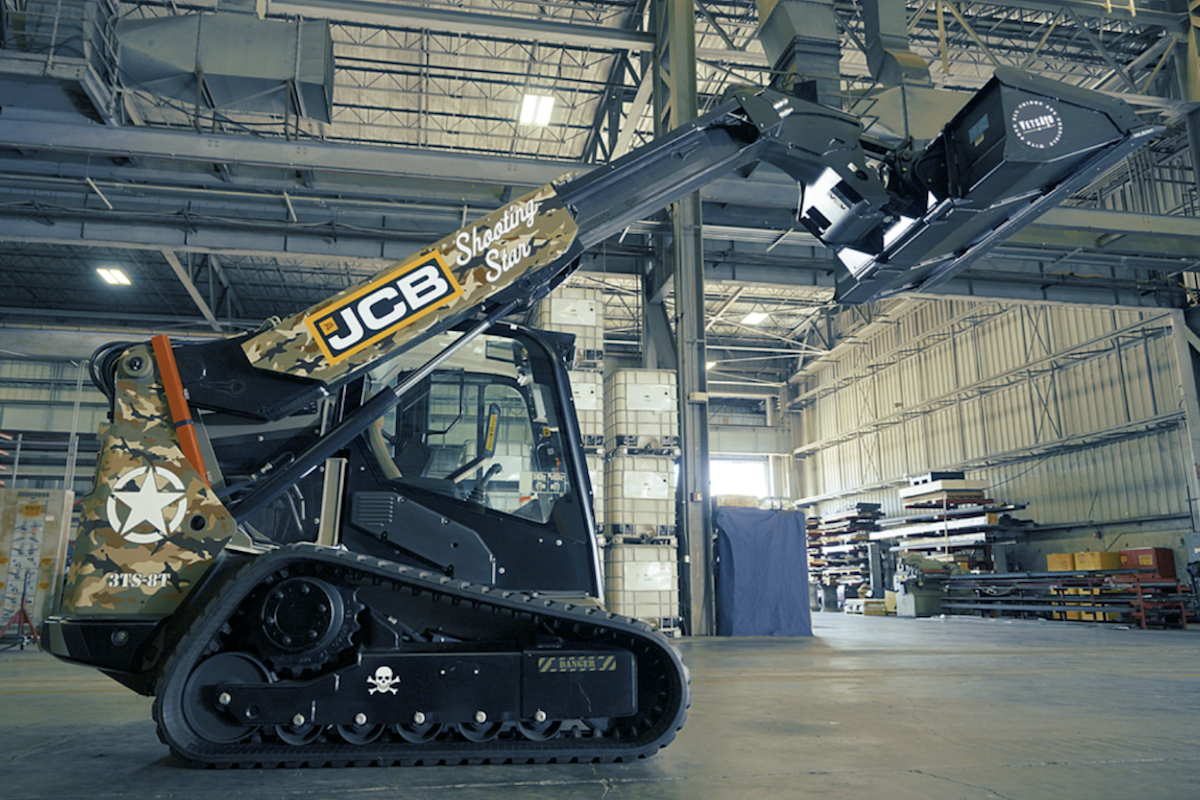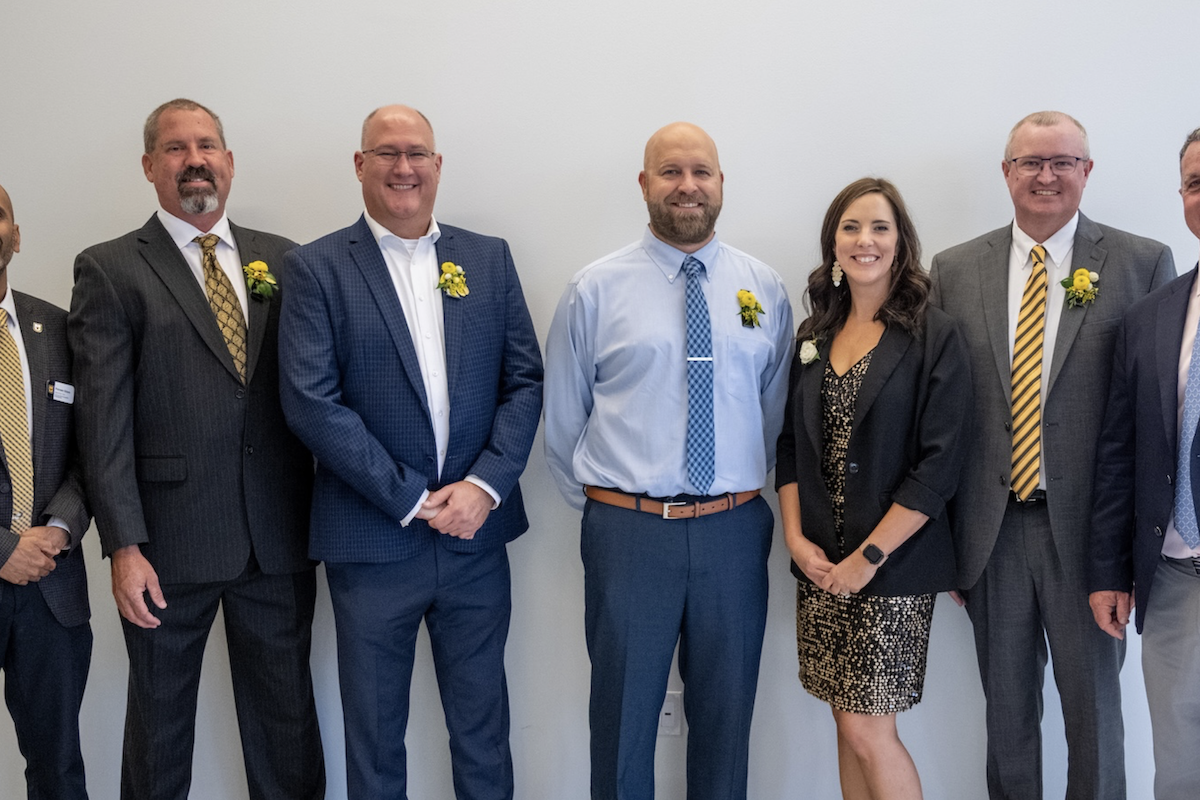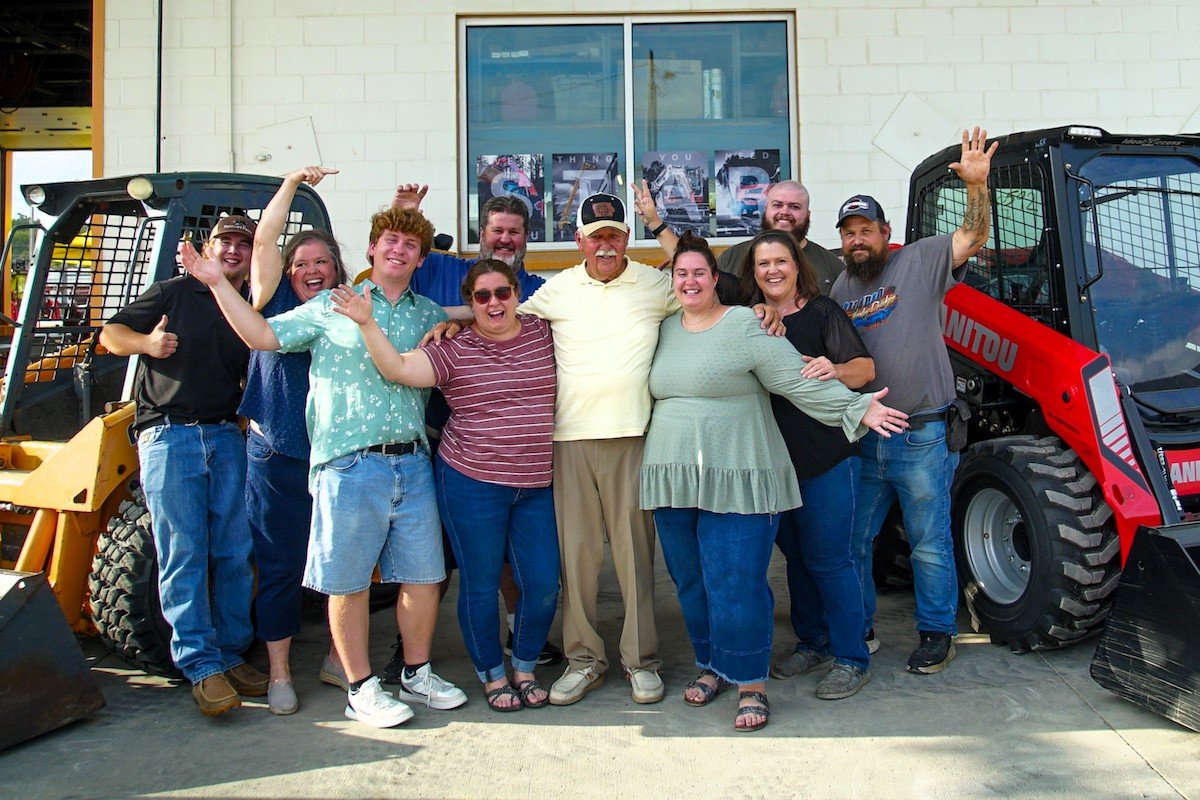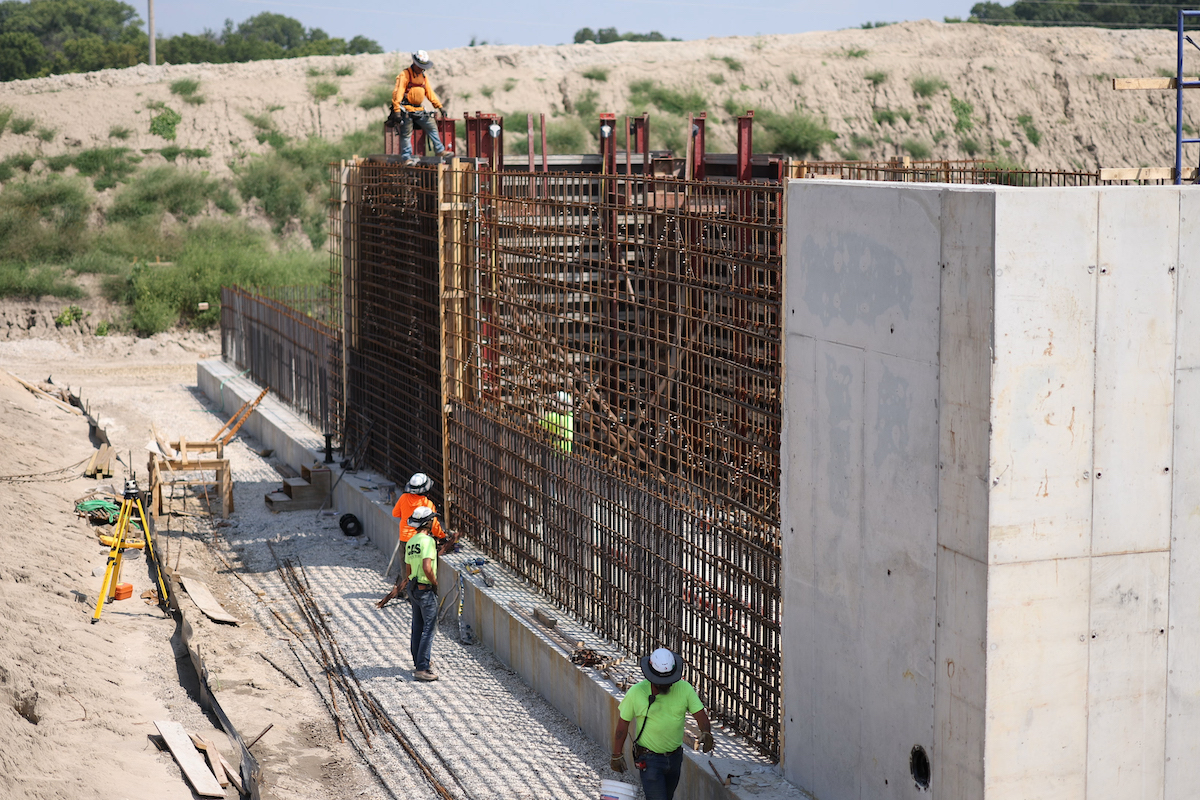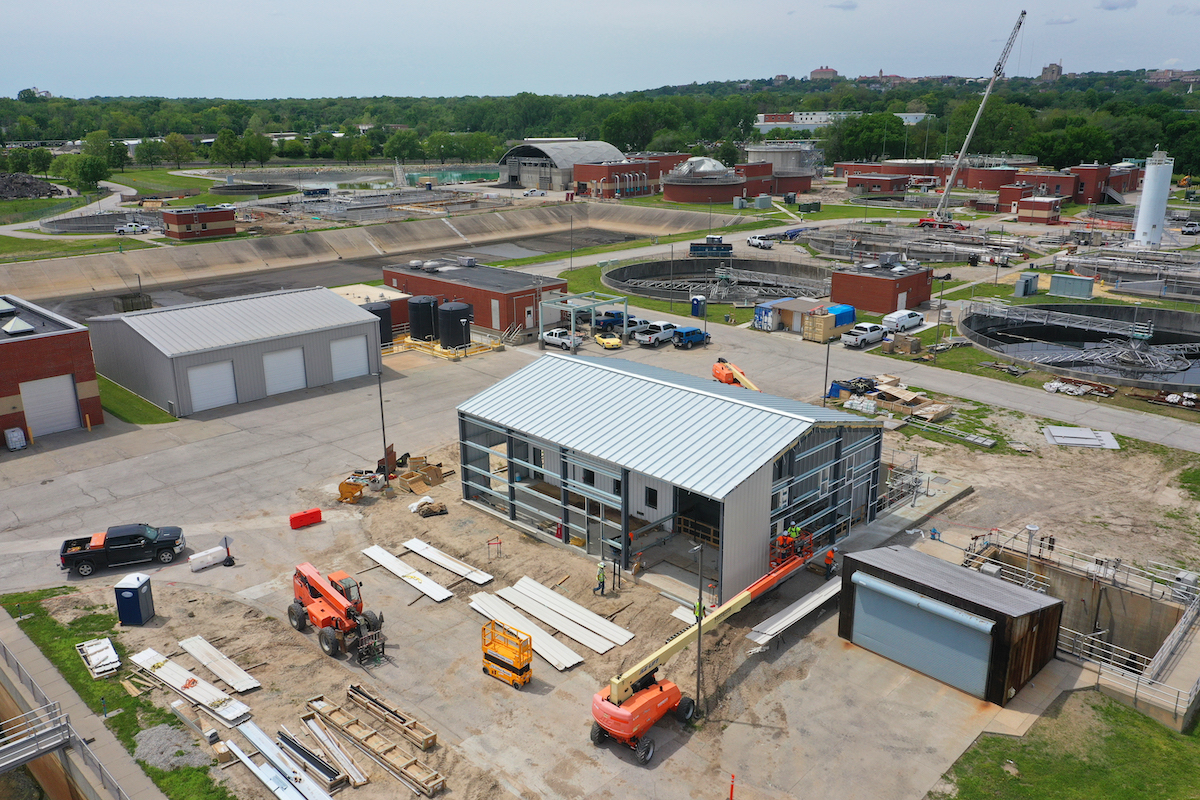Enter prestressing. It’s a process that puts compressive stress on the concrete member before the member is inserted into the final structure. This allows the concrete to have more flexibility, curbing the cause of deflection and making for studier structures. In the United States, this technology first appeared in the original Walnut Lane Memorial Bridge in Philadelphia. Completed in 1951, the bridge was the States’ first major prestressed concrete beam bridge. Back then, this type of construction was new to the States; it was innovative. Sixty years later, prestressed concrete continues to reduce deflection, increase durability, and forever influence the future of bridge design.
“The concrete is cast around a void or duct, but at that point, nothing is stressed,” explained Andy Mish, Project Manager at Modjeski & Masters, a bridge engineering firm based in Mechanicsburg, Pennsylvania. “You install the post-tensioning hardware into those voids or ducts and stress the tendons after the concrete is hardened. The ducts are then filled with a thixotropic structural grout that fills the void and bonds to the tendons.”
While similar to bonded post-tensioning, unbonded post-tensioning allows each individual tendon permanent freedom of movement relative to the concrete.
“They’re different means and methods to accomplish a similar goal,” Mish said. “You might use pre-tensioning or post-tensioning or some combination of the two. In general, prestressed concrete allows a bridge to carry a great load or span a greater distance than ordinary reinforced concrete.”

| Your local Takeuchi Mfg Ltd dealer |
|---|
| Star Equipment LTD |
| Kirby-Smith Machinery |
“Prestressed concrete combines the benefits of high-strength steel and high-strength concrete,” he said. “It’s very economically competitive compared to alternative materials.”
While pre-tensioning is the most cost-effective way to prestress concrete, it is limited by what can be fabricated by a plant and shipped to a site. For pre-tensioned girders, that typically refers to spans in the 100- to 160-foot range, though spans longer than 200 feet have been achieved. (To create longer spans, pre-tensioned girders are strung together with post-tensioning.) A number of projects use both pre- and post-tensioning, including the Sargent Beach bridge replacement in Sargent Beach, Texas. For this project, Modjeski & Masters' Colorado office worked as Bexar Concrete Works’ specialty engineer on the spliced-precast main-span superstructure. Once complete, this 300-foot span will be the longest spliced precast span to be hauled over land.
“Prestressing really doesn’t let the concrete crack,” said Holt. “Reinforced concrete is going to crack. The cracks you have in prestressed concrete are usually in the end zones of the members where it doesn’t affect performance. But by using prestressed concrete, deflections are ultimately reduced.”
Additives like fly ash – the fine powder that’s left behind after pulverized coal is burned – is one of the ways to make concrete denser, stronger, and crack-resistant. The fewer the cracks, the fewer the deflections – and the longer a bridge can go without needing to be replaced or rehabilitated.
Take the San Antonio Street bridge in New Braunfels, Texas, for example. Before its rehabilitation, the nearly 100-year-old bridge could not support the weight of emergency and other heavy vehicles. It also didn’t have crash-proof railings. Together with San Antonio-based fabricator Bexar Concrete Works and general contractor Capitol Excavation Company, Modjeski & Masters created precast designs to replace the bridge’s original cast-in-place design. The existing deck portions of the arch bridge were replaced using prestressed concrete beams and increased the roadway width from 20 feet to 30 feet. Sidewalk width also increased from 5 feet 2 inches to 8 feet. To maintain the appearance of the historic bridge, the existing arches and spandrel columns were left in place. When the bridge reopened in the summer of 2020, one of the first vehicles to cross the bridge was a fire truck – the first time in more than two decades that one could.

| Your local Gehl Co dealer |
|---|
| Star Equipment LTD |
“Ultra High Performance Concrete is not traditional concrete, not in the way we think of it,” said Holt. “Concrete is becoming a ‘steel’ in its own way.”
Mish has also seen an uptick in requests for long-term durability. “The American Association of State Highway and Transportation Officials Bridge Design Code is essentially based around a 75-year design life for a given structure,” he said. “But we’re seeing structures being designed for periods of 100 years or more.”
Purdue University in West Lafayette, Indiana – in conjunction with the University of Buffalo and Modjeski & Masters – is also looking into post-tensioned concrete. Currently, they are researching the effects of bonded vs. unbonded tendons in bridge girders.
“Design-wise, I think we’re headed in the direction of thinner members, thinner webs to keep the weight down, and extended span ranges,” said Mish.
Technological advancements will undoubtedly affect the future of bridge design and construction. In the 60 years since prestressed concrete was first used in bridge design in the United States, bridges have expanded in length and width, and have been designed to carry immensely heavy loads. While the types of prestressing (pre-tensioning, bonded post-tensioning and unbonded post-tensioning) may hold steady, both Holt and Mish believe advancements in materials and processes will lead to stronger concrete, a reduction in bridge deflection and longer lifespans for bridges.

| Your local Trimble Construction Division dealer |
|---|
| SITECH Central LLC |
| SITECH Midway |























